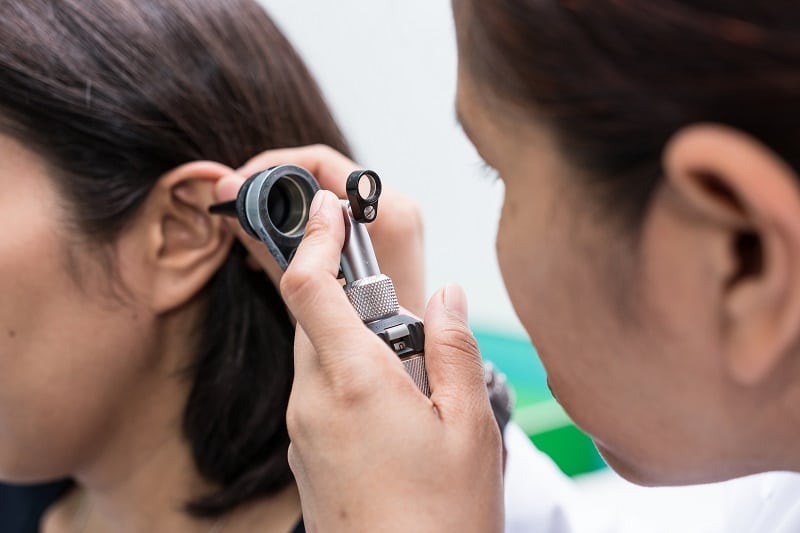It’s not unusual for a hearing health care provider to recommend getting a hearing evaluation. But what happens when you’ve already had an evaluation and the diagnosis is normal hearing even though you have a nagging suspicion that it’s really not.
You may be like millions of others living with hidden hearing loss, and experts are on the hunt for more comprehensive and effective measurement tools to diagnose this previously undiagnosable condition.
What is hidden hearing loss?
Nearly 50 million Americans have some degree of hearing loss. While this number in itself is startling, it doesn’t tell the whole story. Experts estimate that over 25 million American adults have what is known as hidden hearing loss even though they’ve been diagnosed with “normal” hearing.
So what is hidden hearing loss? Experts consider hearing that falls within the “audiometric zero” range normal hearing. That is 0 dBHL (Decibel Hearing Level) up to around 20 dBHL. Anything outside of this range would be diagnosed as mild, moderate, severe, or profound hearing loss. Unfortunately, in many cases, those diagnosed with normal hearing still have trouble hearing, especially when it comes to speech. Researchers are now searching for solutions to this widespread, even if undiagnosed, hearing loss.
Brain biomarkers offer clues
A new study from researchers at Massachusetts Eye and Ear and published in the scientific journal eLife has taken a closer look at two biomarkers of brain function that could lead to clinical tests to diagnose hidden hearing loss. One biomarker is linked to ‘listening effort,’ and one is linked to the ability to process rapid changes in frequencies. The researchers believe that these biomarkers could help explain and someday identify hidden hearing loss and the difficulty to understand speech with background noise even for those diagnosed with normal hearing.
The research team started by analyzing over 100,000 patient records and found that 1 in 10 of those patients cited difficulty hearing even though their audiograms showed normal hearing.
From there, researchers recruited 23 young or middle-aged volunteer subjects with clinically normal hearing to undergo two tests. The first test measured electrical EEG signals from the surface of the ear canal to study sound processing in the brain, specifically encoding fluctuations in sound waves. The second test measured changes in the pupil of the eye while the volunteers focused on a speaker in a noisy environment, something that has been linked to cognitive effort.
These two tests helped the research team identify those subjects with hidden hearing loss who had difficulty hearing speech.
“Our study was driven by a desire to develop new types of tests,” said lead study author Aravindakshan Parthasarathy, Ph.D., an investigator in the Eaton-Peabody Laboratories at Mass. Eye and Ear. “Our work shows that measuring cognitive effort in addition to the initial stages of neural processing in the brain may explain how patients are able to separate one speaker from a crowd.”
Next steps
This research offers hope for those trapped in a hearing limbo with difficulty hearing conversation but no concrete diagnosis of hearing loss. While more work is needed to create a truly comprehensive hearing evaluation that looks not just at the hearing ability but also the cognitive function behind it, this research is an exciting first step.
If you have difficulty hearing speech in noisy environments, have ringing in your ears, or other subtle signs of hearing loss, contact our office today to schedule a hearing evaluation. Whether it is diagnosed or hidden, there are options to treat hearing loss.




